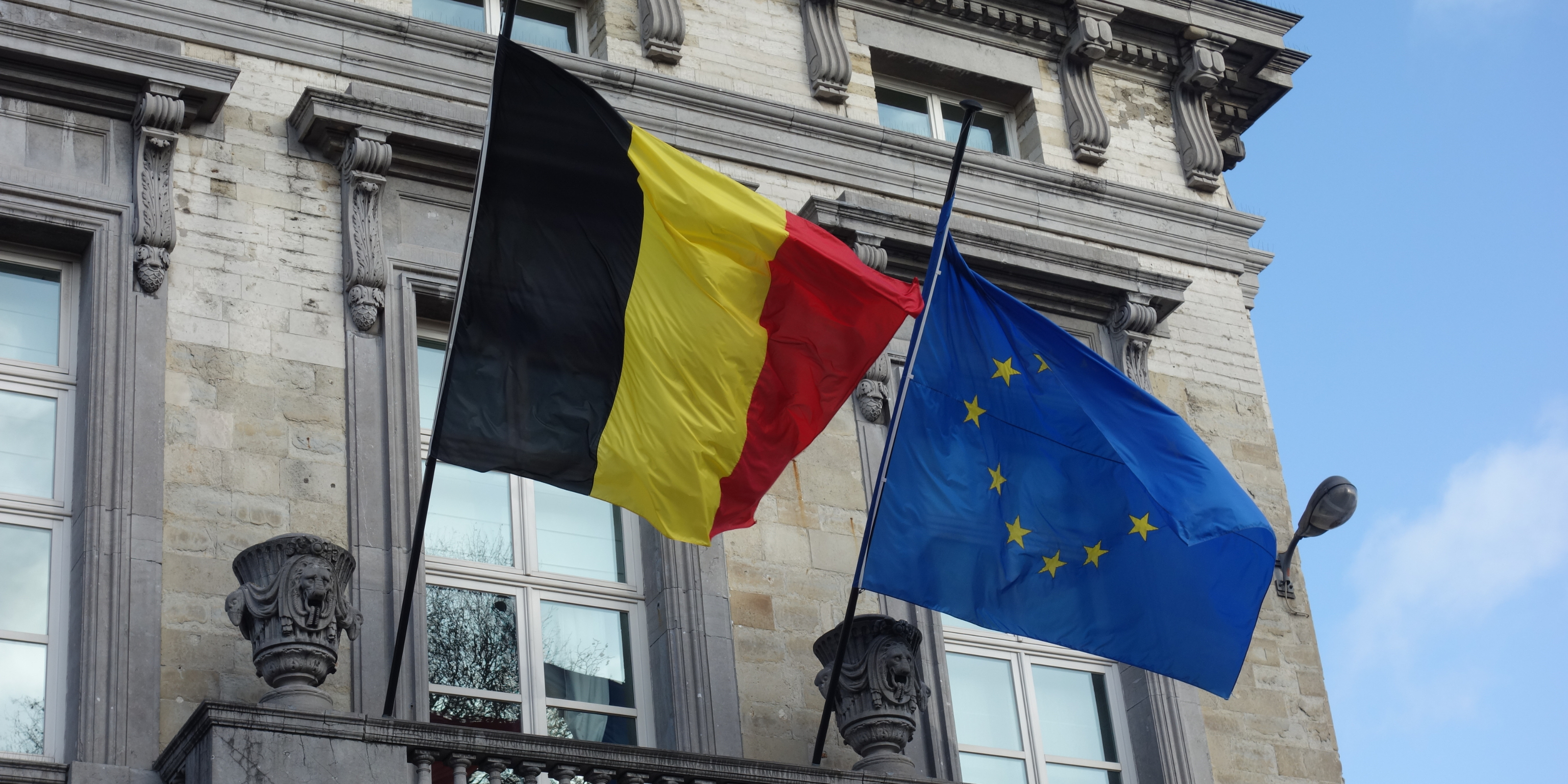
Belgium is internationally best known for beer, fries, and its attempts to break the world record for longest government formation. When we last broke the world record of 541 days on 17 February 2011, a spontaneous carnival – later to be coined as the “fries revolution”[1] – broke out, ironically celebrating the nation’s historic milestone.
It is not all that surprising most observers are calculating in terms of months or even years, rather than days, when assessing how long Belgium will be without a federal government following the June 2024 elections. Yet, there are early signs that the next federal government could be formed quicker than expected.
Rise of Vlaams Belang and PTB/PVDA reduces number of possible coalitions
Just like in many other Western democracies with proportional representation, the Belgian political party landscape is being characterized by strong fragmentation. Centrist parties are predicted to face substantial losses yet again vis-à-vis the radical right party Vlaams Belang and the radical left party PTB/PVDA. According to polls, both parties will occupy around 1/3 of the available parliamentary seats. As most other parties have already excluded the possibility of forming a federal coalition with either Vlaams Belang or PTB/PVDA, only ca. 100 out of 150 seats are left to puzzle with, reducing the number of possible coalitions.
Les Engagés primed candidates to bail out Vivaldi
The current Vivaldi government is projected to not have a majority in the next federal parliament, occupying only 72/150 seats. Given the fragmented party landscape and the large number of seats occupied by VB and PTB/PVDA, nearly all other parties will be needed to form a majority. As such, the question will be which party is left out of the next coalition, rather than which parties are in. Of the current opposition parties, Les Engagés are by far the most likely candidate to join the Vivaldi parties. Not only would their participation lead to a majority of seats, but they are also ideologically the most compatible partner, completing the four party families represented in the coalition (socialists, christen-democrats, liberals, and greens).

The Yellow/Red axis did not materialise
At the start of the political year, N-VA’s electoral strategy seemed straightforward. They would eat up the centre-right in Flanders and form a strong relationship with the centre-left Vooruit. Together they would enter coalition negotiations with the PS, trading more competences for the regions against a left socio-economic agenda. However, things did not go exactly as planned. While N-VA was successful in its opposition against open VLD, and to lesser extent CD&V, it did not translate into more votes for N-VA. Instead, Vlaams Belang was the party to gain most from voter’s dissatisfaction with federal policy. At the same time, Vooruit nosedived in the polls following the scandal and resignation involving their party president, Conner Rousseau. Even Paul Magnette from the PS is losing ground in the polls and appears less ready than ever before to compromise on his positions.
Groen and CD&V have tied their fates to their French-speaking sister parties
Rather than creating a regional bloc and entering coalition negotiations with a confederal mindset, as advocated by N-VA, Groen and CD&V have once again decided to apply the “in together, out tighter-principle” with their respective sister parties Ecolo and Les Engagés. An interesting choice from a strategic point of view as it makes it harder to form a coalition without them. Parties without a siter party in the other part of the country are in turn disadvantaged.
N-VA’s “threat” of forming a Flemish government with Vlaams Belang is not credible
The single piece of leverage N-VA has over the other Flemish parties to stop them from entering a Vivaldi+ government is the “threat” of leaving them out of the next Flemish government. True, according to recent poll results, even a combination of Groen, Vooruit, CD&V and open VLD would not be sufficient to form a government in Flanders, making the N-VA incontournable. Still, even if forming a coalition with Vlaams Belang would be a mathematical possibility, N-VA stands to gain very little from that deal. Not only would they lose any legitimate claim to government participation at federal level, but they would also bolster their biggest political rival.
Conclusion.
Does this really mean Vivaldi+ is the only realistic possibility for the next federal government? Not necessarily. There exist mathematical scenario’s whereby N-VA could replace the liberals (MR + open VLD) or the Greens (Groen + Ecolo) in the coalition. However, at this point in time, it is difficult to understand why Magnette (PS) in particular would compromise on his institutional or socio-economic agenda to accommodate De Wever (N-VA). Of course, it is important to remember that all arguments presented above are based on polls. The Vivaldi+ coalition only has a relatively narrow majority (82/150 seats) so in the event the Vivaldi parties experience more significant losses, this could have far-reaching consequences.
Finally, it is also important to remember that even when the party composition seems straightforward, the next coalition will have to take on important challenges, including a profound budgetary review of 27 billion, a pre-negotiated fiscal reform, and of course the local elections taking place in October 2024… Perhaps we might give another go at breaking our record after all.
Matti Van Hecke – Managing Partner PI Brussels
[1] frietrevolutie | Vlaanderen.be
All projections are based on the poll by Le Soir and RTL of 22 March 2023. The transposition to seats is based on calculations by Professor Pascal Delwit (@PDelwit)



